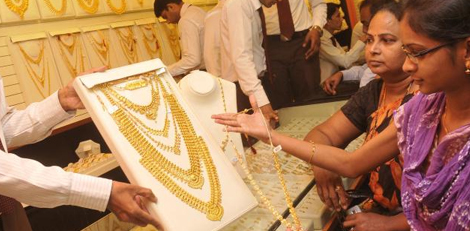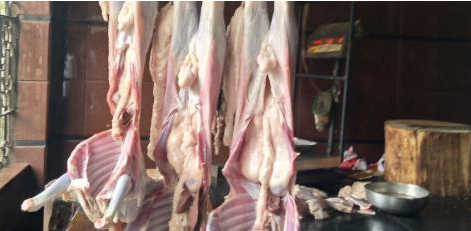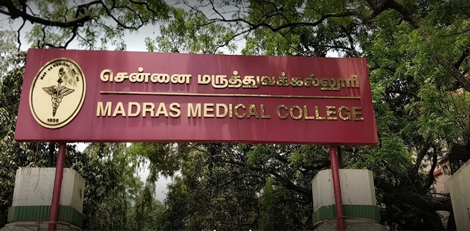Households to have safer and user-friendly cylinders soon
Posted on: 16/Feb/2016 5:12:58 PM

All the busy women out there cooking in the kitchen, check this out. Very soon, you will have user friendly cooking gas cylinders that are colorful and lighter too. These new type of cylinders are safe to use and will not exploded even if it is hemmed in fire. This feature of the newer cylinder will save lakhs of lives who fall prey for fire accidents. They are made of fibre, to note.
As an initial move, the Hindustan Petroleum Corp has ordered for 5000 cylinders each with 2 kg, 5 kg and 10 kg capacity of cooking gas, according to sources from the oil ministry. The cylinders in use at present carry a capacity of about 14.2 kg. The brand will probably receive these cylinders by the end of March and roll out the same to consumers in Gujarat and Maharashtra.
HPCL will indulge in promoting these new types of cylinders and make it familiar among households. These will be priced double that of conventional cylinders and weight half of it. They will be made available for free at various outlets.
The primary feature of these cylinders is that they don`t catch fire even if engulfed in flames. Thanks to the fibre glass technology used in the manufacture of these cylinders. Furthermore, customers can also know the level of gas present inside, as the material it is made of will be translucent. This also reduces rigging which is a most common trouble with steel cylinders.
This move by the government is among the major initiatives by taken to provide better services to the consumers who have complied with the government`s plea to surrender fuel subsidy and to those who have been delivered with lesser quantity of gas or even unsafe cylinders, at times.
Composite cylinders of this kind are already in use in most advanced nations. These are to be supplied to our country by local manufacturers like Time Technoplast and Supreme Industries.
There is a continual increase in the number of liquefied petroleum gas cylinders month on month. Between April and December last year, there was a surge of 5.7 percent in this increase.








